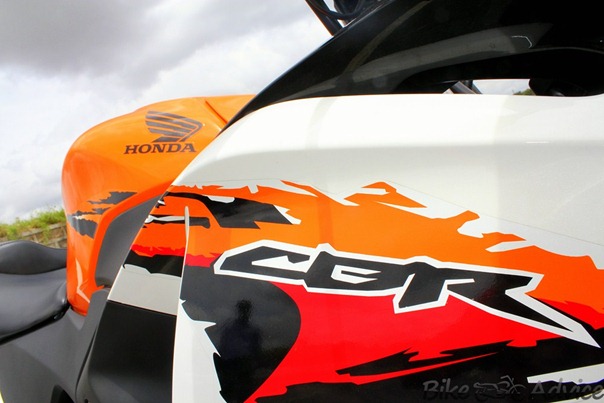Today, when walking in your supermarket,
it is increasingly difficult to find items packed in glass and jars.
Packaging for soft drinks, healthcare and beauty products, household
chemicals and medicines, among other products, have switched from glass
or metal to plastics. Today the Blow Molding industry has expanded from
simple plastic containers to plastic drums, gas tanks, automobile parts
and toys in all shapes and sizes.
Blow Molding (BM) process makes it possible to
manufacture molded products economically, in unlimited quantities, with
virtually no finishing required. The basic process of blow molding
involves a softened thermoplastic hollow form which is inflated against
the cooled surface of a closed mold. The expanded plastic form
solidifies into a hollow product.
Blow molded components are now seen all over the
markets and industries for traditional materials, particularly in liquid
packaging applications. The last few decades saw the introduction of
Poly Ethylene (PE) squeeze bottles for washing liquids, Poly Vinyl
Chloride (PVC) for cooking oil and fruits squash bottles, and Poly
Ethylene Terephthalate (PET) for carbonated beverage bottles. Nowadays,
it is also used for the production of toys, automobile parts,
accessories and many engineering components.
There are basically four types of blow moulding used in the production of plastic bottles, jugs and jars. These four types are:
-
Extrusion blow molding,
-
Injection blow molding,
-
Stretch blow molding and
-
Reheat and blow molding.
Extrusion blow molding is perhaps the simplest type
of blow molding, whereby a hot tube of plastic material is dropped from
an extruder and captured in a water cooled mold. Once the molds are
closed, air is injected through the top or the neck of the container;
just as if one were blowing up a balloon. When the hot plastic material
is blown up and touches the walls of the mold the material “freezes” and
the container now maintains its rigid shape. There are various types of
shuttle, reciprocating and wheel style machines for the production of
extrusion blown bottles. Shuttle or reciprocating type machines can be
used for small, medium and high volume production with wheel machines
being the most efficient for huge volume production of certain resins.
A typical apparatus consists of following major components i.e. blow pin, plunger, accumulator and lastly a mold.
Actually the process utilizes air pressure to inflate
softened thermoplastic tube which is sealed at one end (also called as
parision). This parision is constantly inflated and extruded. Then later
on it is cut according to required dimensions. The temperature in
Accumulator is maintained around 400 degree Celsius or so.
The mold consists of two split parts which have a
semi-circular cross-section. Usually the air pressure which is applied
in low pressure molding is about 50 to 250 psi. Various forms of blow
molding used in industry today on a wide scale are Injection Blow
Molding.
Injection Blow Molding though not used in industry,
has very limited and specific applications like making small medicine
plastic bottles etc. Extrusion blow molding is the simplest form of blow
molding. A tube of plastic material which is generally maintained hot,
is dropped from an extruder only to be captured in a water cooled mold.
Once the molds are closed, air is injected through the top or the neck
of the container and the tube is inflated just like a balloon. When the
hot plastic material is blown up and touches the walls of the mold the
material is cooled and the container now maintains a solid, rigid shape.
Now Stretch blow molding, this process requires the
raw material to be formed in a pre-form using injection molding and
later on stretch blow molding process can be applied.
The product range varies from various cylindrical
components like bottles, cans, floats heater ducts in automobile parts
and various small pipe fittings and hollow cylindrical parts can be
produced in mass production.
The advantages are many like the tooling costs are
very less as compared to injection molding, the part performance is
excellent under pressure. Then the products have excellent environmental
stress crack resistance. The products also perform excellently in high
speed impact strength than even the metal components the process can be
automated and used in mass production.
The disadvantages mainly raise environmental
concerns. It depends on petroleum industry as any plastic industry
depends. Also the cylindrical shapes are delicate so if the dimensions
are not accurate then they result in scrap.

























































